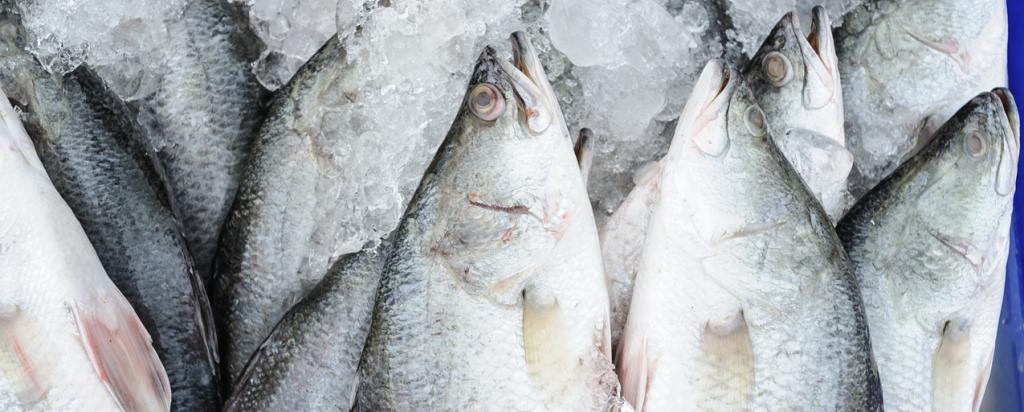
ANSTO ‘s nuclear techniques, including stable isotope analysis, X-ray fluorescence using ITRAX, and neutron activation analysis provide great precision in determining geographical locations.
Specific isotopic signatures and elemental fingerprints can be linked to particular locations where the species have been produced.
Although there are environmental factors that can affect the stability of the isotopic and elemental signals, different isotopes, in conjunction with elemental profiling, can give you a geographic location with a high degree of accuracy,” said Dr Debashish Mazumder., Senior Research Scientist.
The approach can also be applied to reveal whether seafood is farmed or wild-caught.
Industry representatives held the view that if a supplier knows that we can accurately pinpoint the geographical sources of the product, the methodology may act as a deterrent to fraudulent practices and avoid the need for court cases.
Food safety and product quality assessment are also areas of concern to industry.
“Using our tools, suppliers can provide verification of authentication for the export of Australian seafood. This, in turn, builds market confidence. Australian fish are expected to be high quality and any substitution can negatively affect the brand,” said Mazumder.
“We also know the aquaculture industry can also benefit using isotopes to quantify accurate utilisation of feed to grow fish and develop environmentally friendly feeding strategies for the aquaculture industry,” said Mazumder, who has applied this approach in partnerships with A/Prof Jes Sammut of UNSW and the National Fisheries Authority of Papua New Guinea to benefit aquaculture farmers in PNG.
Provenance researchers are working to find the most cost- effective standardised approach that can ultimately be shared with seafood industry and regulatory bodies.
The feasibility research is conducted by Karthik Gopi, honours student from UNSW and jointly supervised by ANSTO and Macquarie University. The model developed from feasibility research can effectively distinguish the geographical locations and their production types with 90% accuracy.
The precision of the model will be improved to increase prediction accuracy in the next three years through a PhD level research in partnership with UNSW, Macquarie University, seafood industries and Government organisations.
The NSW Department of Primary Industry Fisheries expressed interest in possible research collaboration on areas of shared interest around provenance, quality, sustainability and biosecurity.
ANSTO’s human health support and facilitate this research because of the important role that seafood has in human nutrition.
The research is closely aligns with the Australian Government Science and Research Priorities (SRP1 Food: Australian research and ingenuity has led to well-developed agricultural and fishery industries that contribute nutritious food to domestic and global markets.)